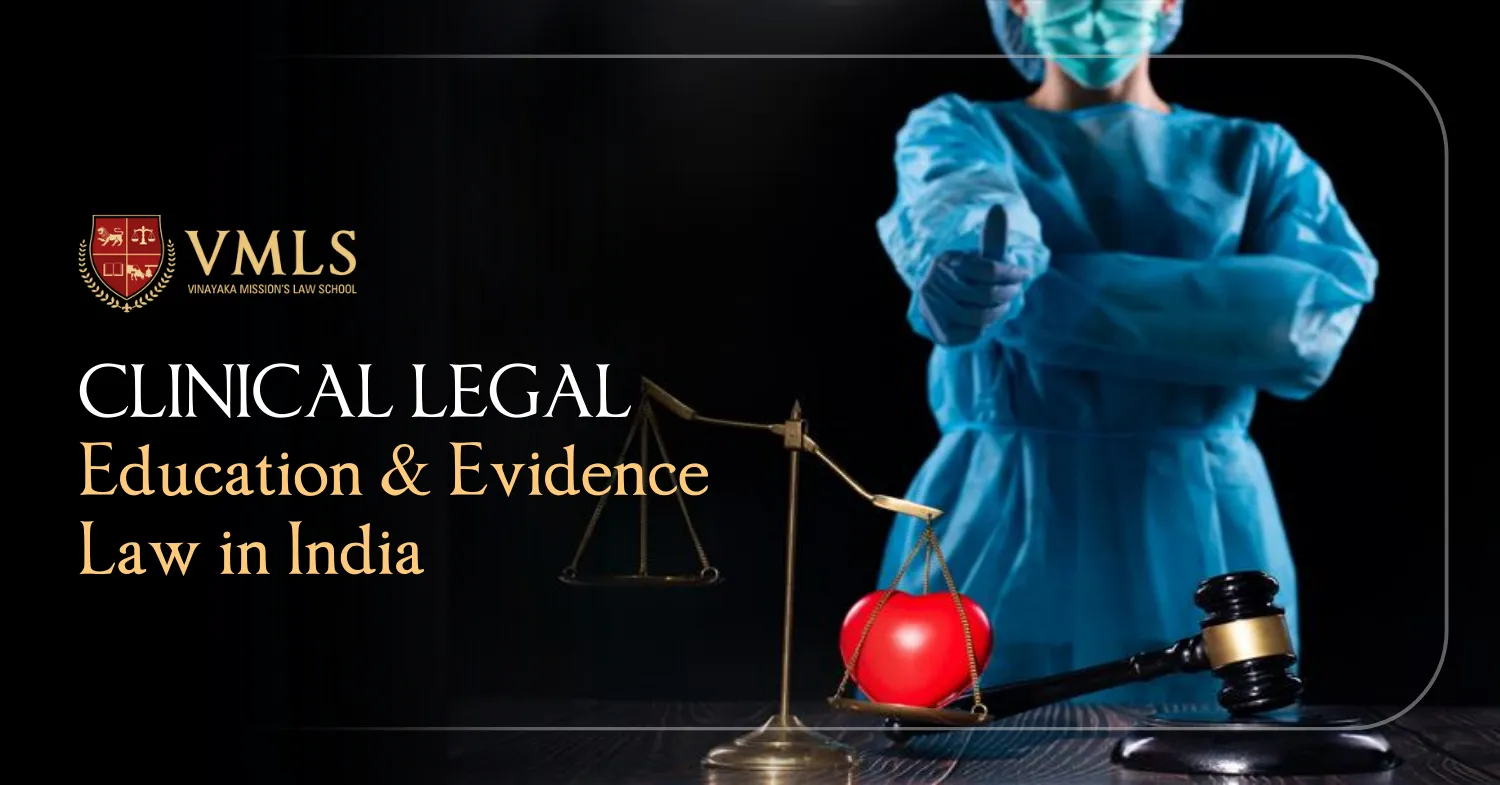May 22, 2025
0 Views

Clinical legal education is one of the most important innovations introduced in legal education since the introduction of Langdell’s case law method in law schools. In a country such as India, which contributes approximately 17.78% to the global population, access to justice is a serious problem that state and private apparatuses are scampering about to find solutions. In a population of about 1.5 billion people, 234 million live in poverty, making India one of the largest contributors to the global poverty index. Above this constructed is the Indian judiciary system, with its own set of challenges, including complicated clerical procedures and red tape. With about a quarter of the population being illiterate, Legal aid becomes an important bridge that connects the underprivileged to the justice delivery system. Clinical legal education pits students in the real world, where students come face to face with stark inequalities in access to justice.
They incorporate the central tenet of serving the legal needs of local communities and serve as lower-cost means for rendering legal aid services which would otherwise remain unmet. Legal aid clinics place students in a position where the comforts of classrooms or the artificiality of stimulated moot courts are absent. It trains students to assist low-income individuals and communities.
Clinical legal education helps to ingrain in students an attitude of service. It encourages pro bono work, which has become more rarer in the legal profession. It instills in them the necessary legal skills and the moral strength to stand with the common citizen who had the misfortune of being poor. Apart from the class struggles, India is a society that is deeply divided along the caste and religious lines, a reality that is rarely reflected in a classroom setting. With more interaction with common people, a law student prepare themselves for a journey of justice with several sociological obstacles.
When it comes to the caste system, people at the lower rung, especially the Dalits often suffer with access to justice. Though, there are several legal provisons available to protect them from atrocities, they often lack the monetary and the technical resources to use these provisions properly. This is where the student force in legal education will come into support a system that is crumbling under the burden of overflowing cases, inadequate infrastructure, and issues with transparency. For example, A total of 222,974 cases of atrocities against SCs have been pending since 2020. Out of this large number, just 10,223 (4.58%) were disposed of by the courts in 2021. For cases of atrocities against STs, 35,415 cases have been pending since 2020. Out of them, only 1,961 (5.5%) were disposed of in 2021.
Dr. B.R. Ambedkar, who was a crusader for the cause of dalit emancipation himself gives the ideal archetype of a lawyer. A lawyer is the one, in the imagination of the marginalized communities, is a tireless revolutionary, whose erudite mind, powerful writing, and an ever growing hunger for knowledge had brought in several legislations that protect the marginalised and raise their living standards. A law student, should carry, along with other things, a thinking mind and a heart that beats for the welfare of the people. Clinical legal education emphasises the philosophy of public welfare. It could help create a community of lawyers who would fight for the injustices that are met out to the most powerless people of the society.
In a society defined by acute socio-economic and structural inequalities, clinical legal education emerges not just as a tool for teaching, but as a vehicle for social justice. By closing in the gap between theory and social realities, it empowers future lawyers to become empathetic, socially responsible professionals. Vinayaka Mission’s Law School in order to realise this idea of socially conscious lawyers offers, to its 3 year law and 5 year law students clinical legal education. More than just training students in the technicalities of the law, we try to cultivate in them a sense of duty towards the most marginalised communities—those whose cries for justice often go unheard in the formal corridors of power. In answering these cries, clinical legal education not only strengthens India’s justice delivery system but also lays the foundation for a more equitable and inclusive society.
Several students across India are choosing law as a career due to the various benefits it offers.
The 3-year LLB (Bachelor of Legislative Law) programme is an undergraduate programme designed to cater...
Vinayak Mission's Law School (VMLS) is one of the best law schools in India and is being mentored by O. P. Jindal Global...
In India, law is seen as a noble career option, and the number of students interested in pursuing law is increasing.
If you are willing to work in a legal advisory firm, judiciary, or as a lawyer, then pursuing a law degree plays...
CLAT is a national-level entrance exam, and it stands for Common Law Entrance Test. Many top law universities in India.
Many students are developing their interest in law and several fields related to legal studies. After the 12th exam...
Many students in India choose law as a career due to the various benefits this field offers. Although there are several..
LLB stands for Bachelor of Legislative Law, which includes understanding several legal aspects.
Law is one of the most sought-after careers in India. So, having an LLB degree from a good law college helps students...